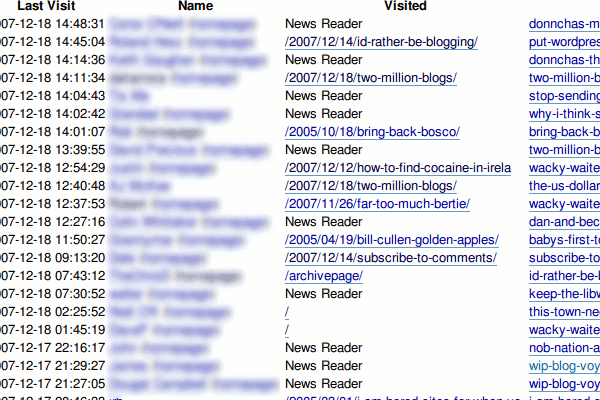WordPress MU 1.3.2 was tagged earlier today. This is a major security update that brings together the fixes in WordPress 2.3.2 and a number of critical WordPress MU specific security problems.
Details of the fixes will be posted to the WordPress MU forum next week to give administrators time to upgrade. This release should be seen as an urgent upgrade.
Thanks to Alex Concha for his help with this release.
Please note: If you have plugins that uses options.php to save it’s options you must whitelist those options using the new add_option_update_handler() API. More information on this can be found on this forum post.












